| This book is planned to serve as a pleasant diversion and fun guide into New Mexico's colorful past. Its purpose is to lure and fascinate the tourist as well as the New Mexican adventurer. New Mexico is a treasury of defunct mining camps, abandoned railroad towns, and deserted farming and lumbering communities. Since the list is endless, we have selected a cross section of ghost towns and mining camps throughout the state. In this book a ghost town is defined as a community that has lost the commercial impetus that gave it its original life. The communities may or may not be totally deserted, but all have retired from the rapid pace of modern-day living. |
| The accuracies of the town's vignettes are only as reliable as the sources. Included among the standard references are reports from newspapers, journals, and early records, all of which may well be partial and lacking in objectivity. We have employed the information as we found it. Glimpses of approximately 130 old towns are presented, along with many old and contemporary photographs, advertisements, and maps. |
| Aided by a grant from the American Association for State and Local History, we visited well over a hundred ghost towns or their sites, interviewed scores of people, collected over three thousand photographs and consulted the major libraries in the state during our research into New Mexico's legacy. |
| We express our deepest gratitude to the many libraries, research associations, and other per sons who aided us in compiling this book. We extend our sincere thanks to the American Association for State and Local History for their much appreciated grant; to the Museum of New Mexico at Santa Fe and their competent staff, Dr. John Polich, Lucille Stacy, and Sally Wagner; to New Mexico State Library at Santa Fe and their efficient and courteous librarians Virginia Jennings and William Farrington; to New Mexico Record Center and Archives at Santa Fe and its highly proficient staff, Dr. Myra Ellen Jenkins and Richard Salazar; New Mexico Highlands University at Las Vegas and chief librarian, David Eshner; New Mexico Magazine and editor George Fitzpatrick; Zimmerman Library at the University of New Mexico in Albuquerque and librarian Phil Fangan; Albuquerque Public Library and Katherine McMahon; Gallup Public Library and Octavia Fellin; Socorro Public Library and Mrs. Charles Holmes; Old Lincoln County Courthouse and Belle Wilson; New Mexico State University Library at Las Cruces and Mrs. Buder; Black Range Museum at Hillsboro and Lydia Key; Silver City Public Library and Mrs. M. L. Lundwall; Western New Mexico University Library at Silver City; Library of Congress and Victor Margolin; National Archives; California Historical Society; Pinkerton's Inc.; Hoover Library, West Branch, Iowa; National Archives; Department of Postal Research; University of Arizona Special Collections, Tucson, Arizona; Pioneers' Historical Society, Tucson, and the U.S. Geo logical Survey, Denver, Colorado. |
| It is virtually impossible for us to list everyone who in some way contributed to the preparation of this book. During the two summers we spent traveling throughout New Mexico, we were greatly impressed by the warm hospitality and overwhelming friendliness shown to us by the many persons whom we encountered. Although we are unable to acknowledge each individual who helped us, we express special thanks to the following for interviews, photo graphs, and information: to Thomas Adlon and Mr. and Mrs. Mike Stead of Albuquerque; Earl Morgan, Alma; Jackie S. Silvers, Ancho; Cora Boone, Carrizozo; Mr. and Mrs. George Pendleton, Cloverdale; Louis Battisti and the Pancho Villa Museum at Columbus; Florentino Padilla, Cuba; Frank Ray of Gold Hill Ranch; Mr. and Mrs. Moises Mirabal, Grants; Babe Thorn, Hermosa; Ralph Lindsey, Hillsboro; William Tipton, Las Cruces; Audrey Simpson and the W. W. Walker Family of Las Vegas; Glen H. Dorsett, Lordsburg; Joe Huber and Edward Kissler of Madrid; Rev. E. Debaenst, Magda- |
|



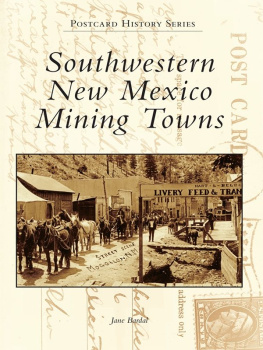
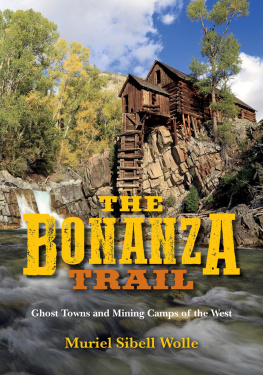
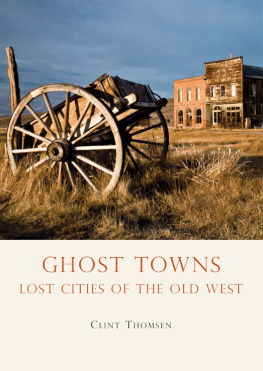
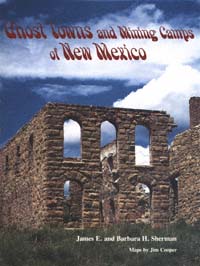
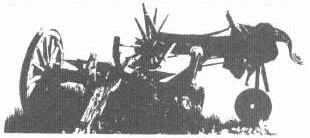
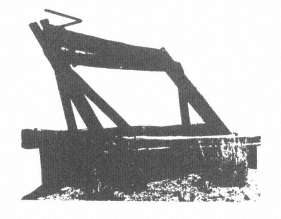
 917.89
917.89